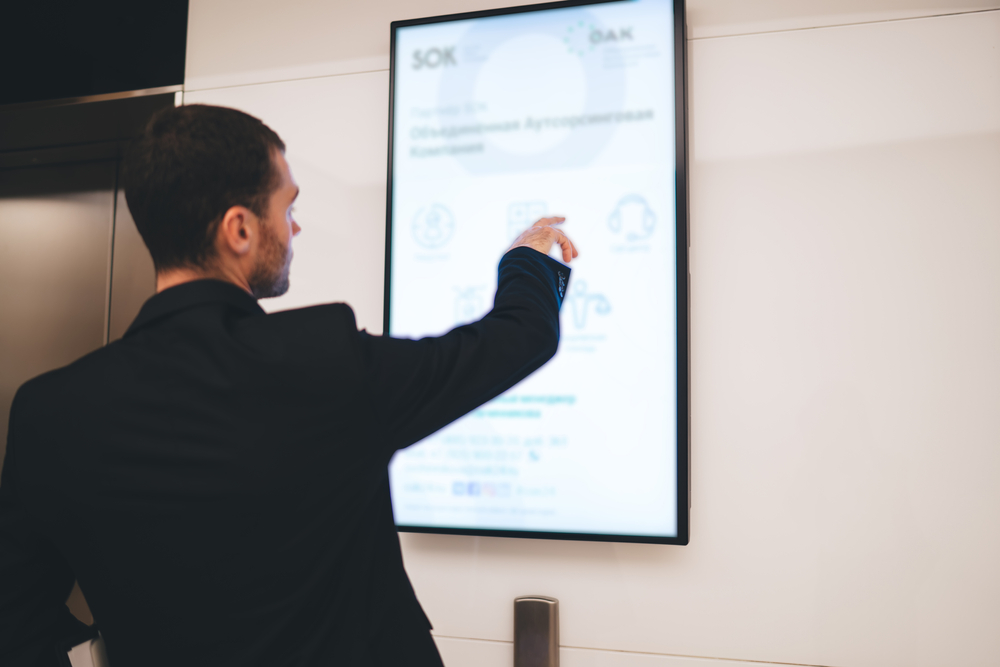How Trial Presentations Should Be Adapted to Your Audience for Optimal Effectiveness
How Trial Presentations Should Be Adapted to Your Audience for Optimal Effectiveness
Blog Article
The Power of Visuals in Test Presentations for a Winning Disagreement
The assimilation of visuals in trial discussions has actually arised as an essential factor in efficiently interacting intricate debates to jurors. By utilizing different types of aesthetic aids-- be it diagrams, photographs, or animations-- attorneys can enhance understanding and retention, ultimately shaping the court's understanding of the situation.
Importance of Visuals in Trials
In lots of legal setups, visuals play an important role in improving the effectiveness of test discussions. The combination of visual aspects can substantially influence jurors' understanding and retention of intricate details, therefore shaping their perceptions and choices. Visuals, such as charts, layouts, and pictures, can simplify detailed narratives, making them much more obtainable and compelling.
Furthermore, the human brain processes aesthetic details extra efficiently than text, which emphasizes the importance of integrating visuals right into lawful disagreements. By translating dense lawful concepts right into visual styles, lawyers can help with clearer interaction, guaranteeing that bottom lines are not neglected during tests.
In addition, visuals offer to engage jurors on an emotional degree, fostering a link to the situation that words alone might stop working to achieve. The calculated use visuals can stimulate empathy, triggering jurors to take into consideration the human facets of the situation.
Ultimately, the relevance of visuals in tests depends on their ability to enhance clarity, improve juror interaction, and strengthen the story being offered. This potent combination is necessary for crafting influential disagreements that resonate with jurors and influence the result of legal process.
Kinds Of Visuals to Use
Effective test discussions can substantially benefit from a variety of visual devices that deal with different facets of the situation. trial presentations. Using representations and charts can effectively damage down complicated information, making it more digestible for jurors. For circumstances, flowcharts can illustrate the series of events, while bar graphs might succinctly contrast appropriate data points.

Animations and simulations can likewise play an important duty, specifically in instances involving technical data or complex circumstances. These visuals can dynamically stand for procedures or actions, supplying quality and interaction that fixed photos may not accomplish.
In addition, infographics integrate message and visuals to summarize essential info properly. They can present timelines, data, and considerable instance factors in a visually enticing fashion, making it simpler for jurors to adhere to the disagreement.
Enhancing Understanding and Retention

Enhancing understanding and retention throughout test presentations is important for making certain that jurors realize the important elements of a case. Visual aids function as powerful devices in this respect, equating intricate information right into easily absorbable layouts. By making use of graphes, diagrams, and anchor infographics, lawyers can streamline intricate data and highlight bottom lines that might or else be ignored.
Studies have have a peek here actually shown that individuals preserve info substantially better when it exists aesthetically. This is particularly relevant in a test setting, where jurors might be overwhelmed by the quantity of evidence and testament. By strategically incorporating visuals, lawyers can guide jurors' attention to one of the most essential aspects of the instance, strengthening their understanding and memory of the product presented.

Creating Involving Presentations
Exciting jurors' attention during trial discussions is vital for conveying an engaging story. Engaging presentations utilize aesthetic elements to produce a remarkable experience that resonates with jurors. The critical usage of graphics, animations, and videos can illuminate intricate info, making it a lot more accessible and relatable.

Furthermore, incorporating storytelling techniques can boost involvement. Presenting evidence in a rational sequence that develops emotional appeal permits jurors to connect with the material on a personal degree. Varying presentation formats, such as including brief video clip clips or interactive elements, can additionally sustain rate of interest and interest throughout the test.
Eventually, an engaging discussion fosters a much more profound understanding of the case, allowing jurors to better value the arguments existing and resulting in a much more positive result.
Instance Studies and Success Stories
Countless study highlight the substantial influence of visuals in trial discussions, demonstrating their capability to affect juror understandings and eventually the results of cases. For example, a remarkable case including an accident insurance claim showed just how using a 3D animation of the accident scene cleared up intricate details. Jurors reported feeling even more enlightened and empathetic, substantially swaying their decision in support of the complainant.
In an additional circumstances, a corporate lawsuits instance utilized infographics to present economic data and timelines, making elaborate details easily accessible. The visual depiction enabled jurors to understand the subtleties of the situation more effectively than verbal explanations alone. trial presentations. Because of this, the jury returned a judgment that exceeded the customer's expectations
The compelling visuals not only aided in developing doubt yet additionally resonated mentally with jurors, leading to a pardon. These success stories underscore the necessity of incorporating visuals right Visit Your URL into trial discussions, as they boost understanding, retention, and inevitably, the convincing power of legal disagreements.
Conclusion
To conclude, the tactical consolidation of visuals in test discussions significantly enhances jurors' understanding and retention of intricate information. By using different kinds of visuals, lawyers can successfully clarify bottom lines and foster emotional connections with the target market. Engaging discussions, sustained by compelling study, demonstrate the profound impact that visuals can carry convincing communication. Eventually, the power of visuals functions as a vital aspect in achieving positive test results.
Report this page